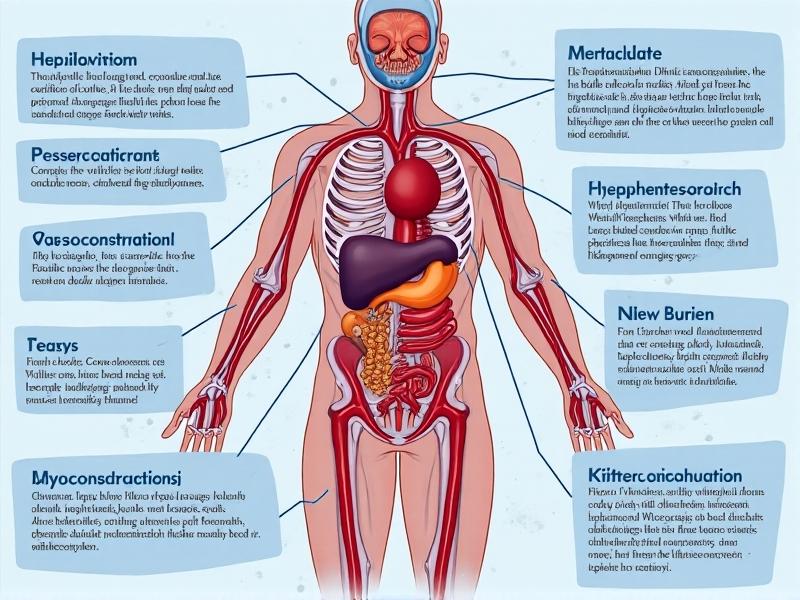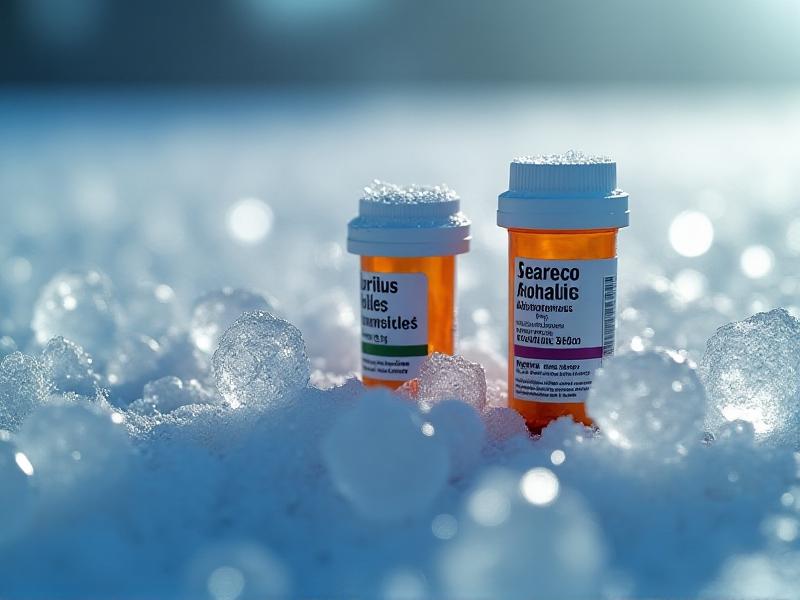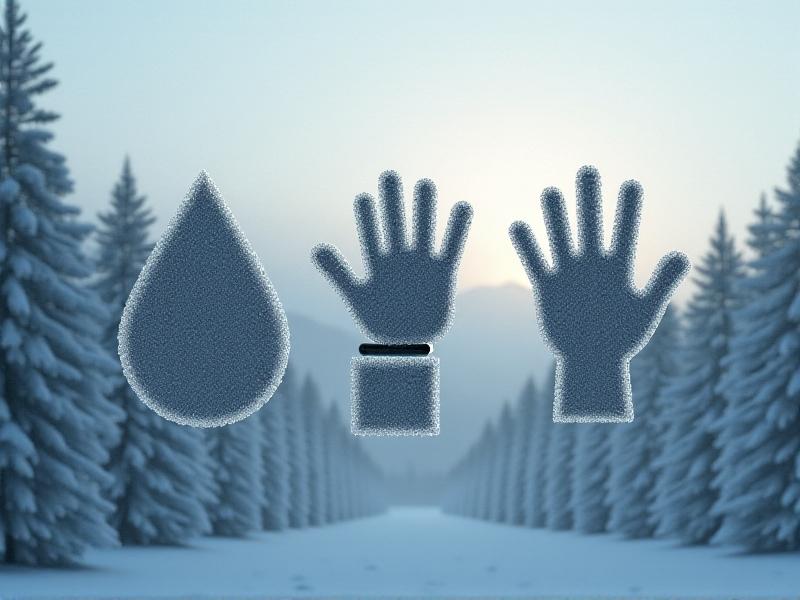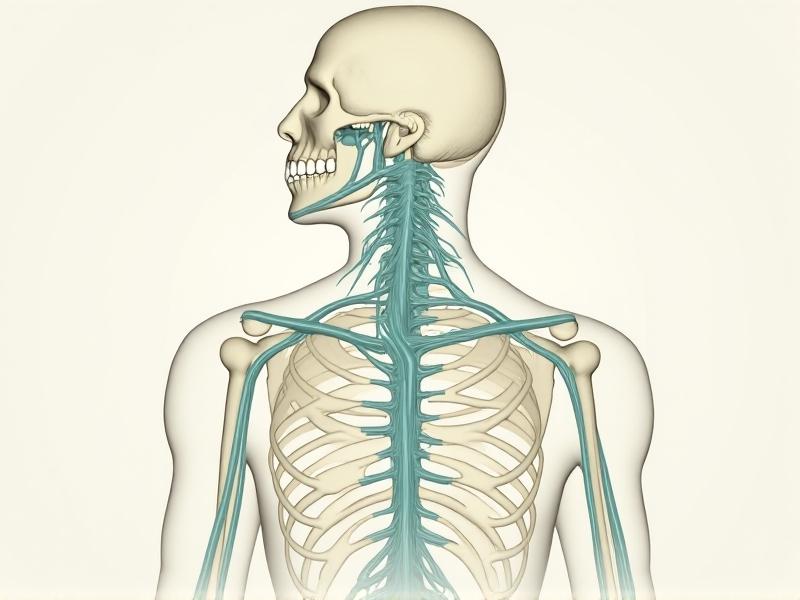Medication Interactions with Cold Exposure
The Hidden Risks: How Cold Exposure Influences Medication Efficacy

As temperatures drop, many people embrace winter sports, outdoor activities, or simply face chilly commutes. However, few consider how cold environments might interact with their medications. From blood pressure drugs to antidepressants, temperature shifts can alter how the body processes pharmaceuticals—sometimes with dangerous consequences. This article explores the science behind these interactions and offers actionable guidance for those navigating cold climates while managing health conditions.
The Physiology of Cold Exposure and Drug Metabolism

When exposed to cold, the body triggers vasoconstriction—narrowing blood vessels to preserve core heat. This survival mechanism impacts medication absorption and distribution. Blood flow reduction to extremities slows drug delivery to tissues, while concentrated circulation to vital organs may unexpectedly intensify effects in heart, liver, or kidneys. Simultaneously, shivering increases metabolic rate by 300-500%, potentially accelerating drug breakdown. For medications with narrow therapeutic windows like warfarin or lithium, these shifts could push levels into toxic or subtherapeutic ranges.
High-Risk Medications in Cold Environments

Beta-blockers exemplify cold-related dangers. By inhibiting adrenaline responses, they impair natural thermoregulation—a 2021 Journal of Clinical Pharmacology study found users had 40% slower core temperature recovery post-cold exposure. Antidepressants like SSRIs may paradoxically increase hypothermia risk through serotonin-mediated effects on hypothalamic regulation. Diuretics pose dual threats: dehydration from fluid loss reduces blood volume, exacerbating cold-induced circulatory strain, while electrolyte imbalances heighten arrhythmia susceptibility during shivering-induced stress.
Chronic Conditions Amplifying Cold-Medication Interactions

Diabetes patients face unique challenges—cold-induced vasoconstriction impairs insulin absorption at injection sites, while hypoglycemia symptoms like confusion may be mistaken for hypothermia. Rheumatoid arthritis patients on immunosuppressants risk overlapping complications: TNF inhibitors may blunt febrile responses to early hypothermia, while corticosteroids mask joint inflammation that typically signals overexertion in cold. Even common hypertension becomes precarious when cold-stressed cardiovascular systems meet blood pressure medications designed for temperate conditions.
Practical Strategies for Cold Climate Medication Management
Timing doses around outdoor exposure proves critical—taking thyroid medication 30 minutes before cold exposure improves absorption compromised by reduced gut blood flow. Layering strategies extend beyond clothing: using occlusive dressings over transdermal patches prevents adhesion issues from sweat condensation in thermal base layers. Patients on anticoagulants should monitor for increased bruising during winter falls, while antipsychotic users need vigilance for reduced heat perception leading to prolonged outdoor exposure.
Emerging Research and Technological Solutions
Recent trials explore cold-adaptive drug formulations—time-release coatings activated by temperature drops, or vasodilating additives to counteract peripheral blood flow reduction. Wearable tech now integrates medication alerts with real-time skin temperature data, helping users avoid dangerous overlaps between drug peaks and outdoor excursions. Genetic testing advancements also identify patients with CYP enzyme variants prone to cold-altered metabolism, enabling personalized winter dosing regimens.
Navigating Winter’s Pharmaceutical Maze
Understanding cold-medication interactions transforms winter from a season of risk to one of informed empowerment. By collaborating with healthcare providers to adjust treatments, utilizing smart monitoring tools, and respecting the body’s altered pharmacology in cold, patients can maintain both their health routines and seasonal quality of life. As research evolves, this overlooked aspect of pharmacovigilance promises to unlock new strategies for safer year-round medication management.







